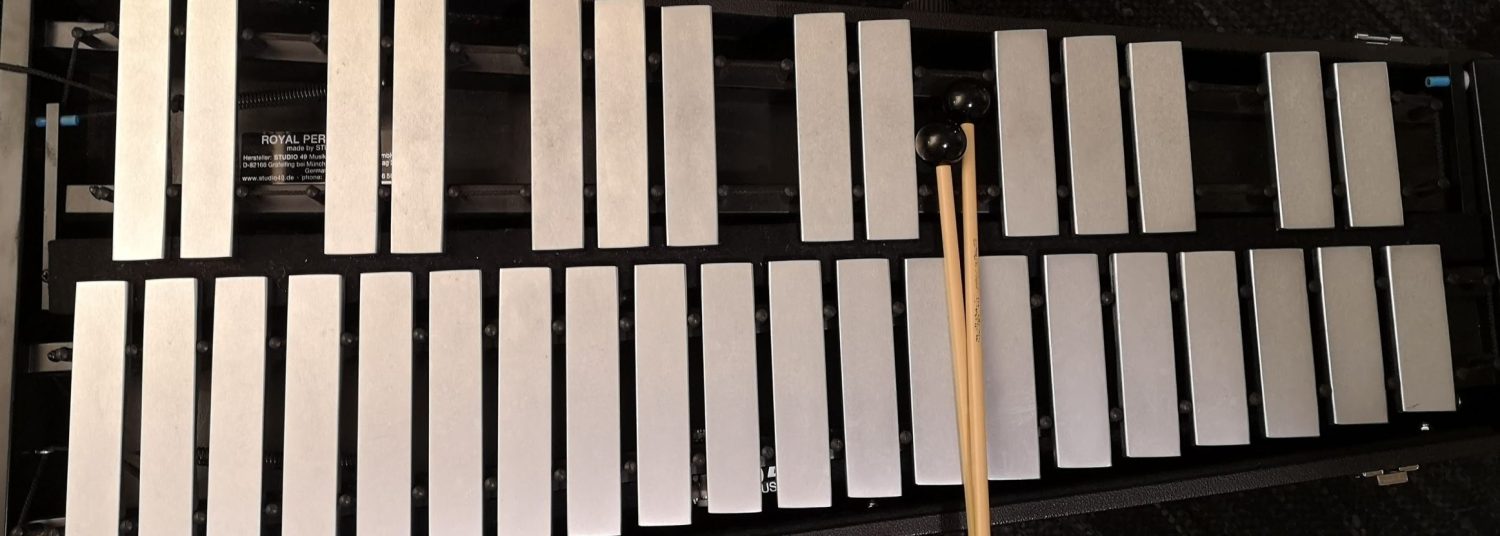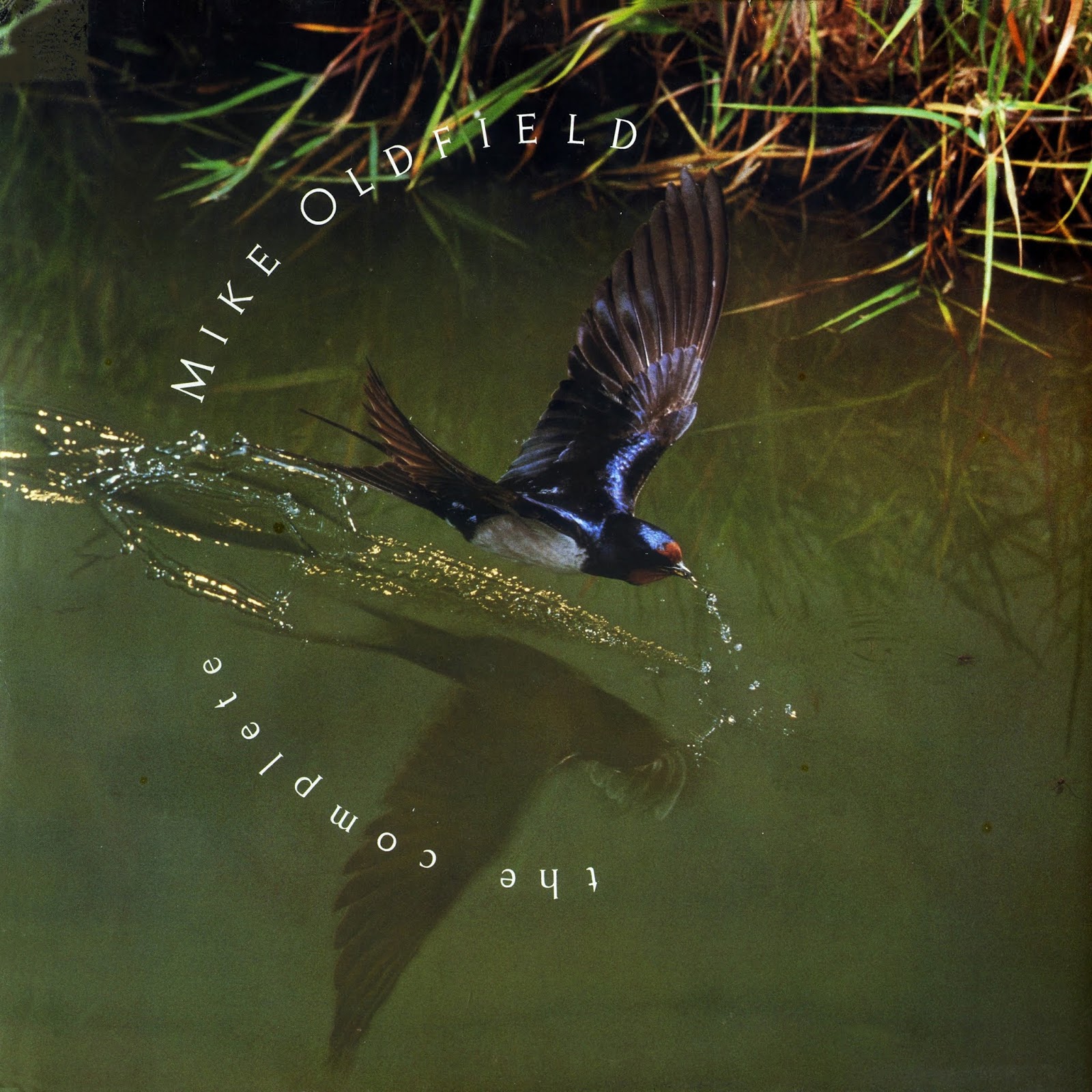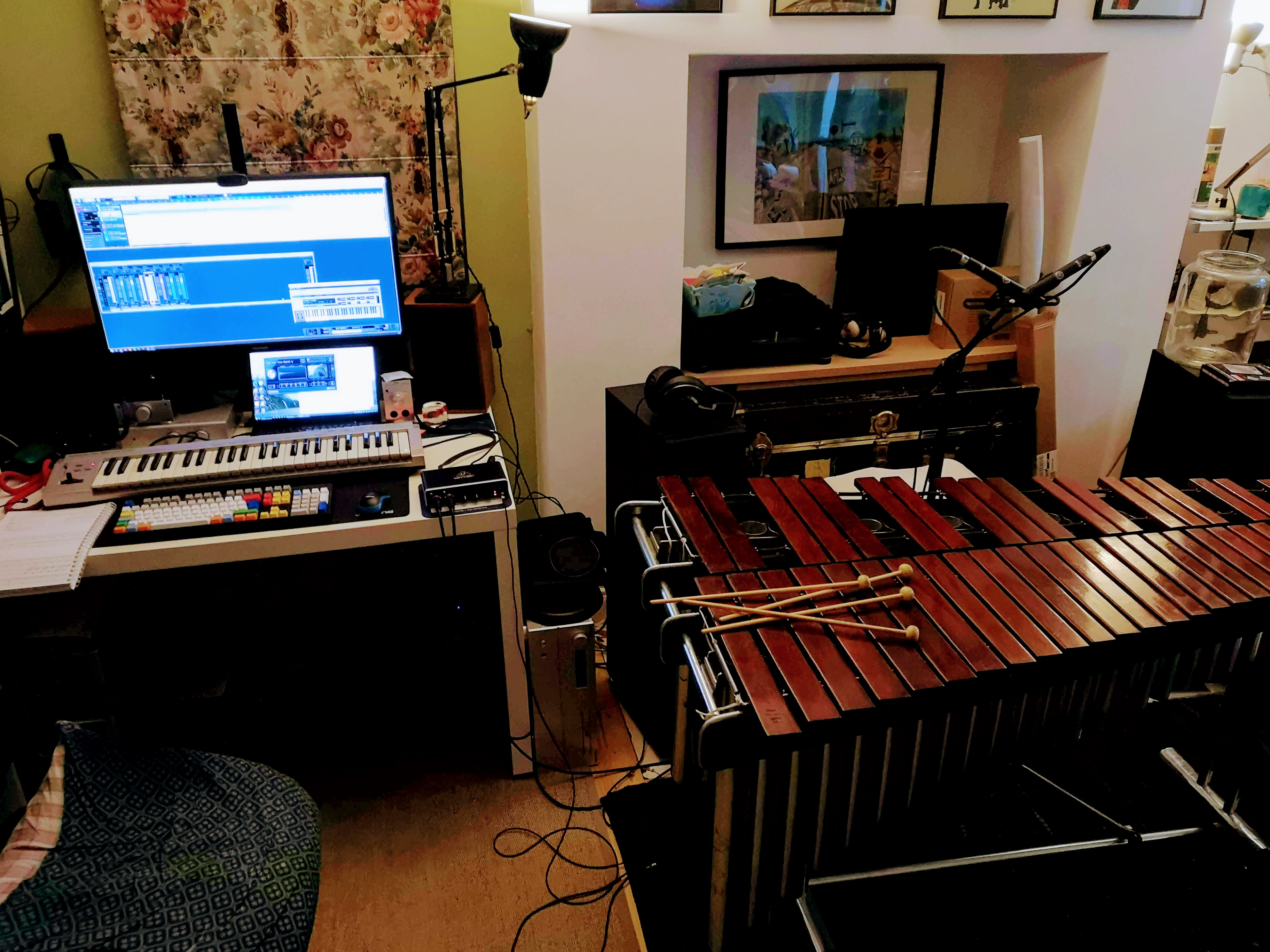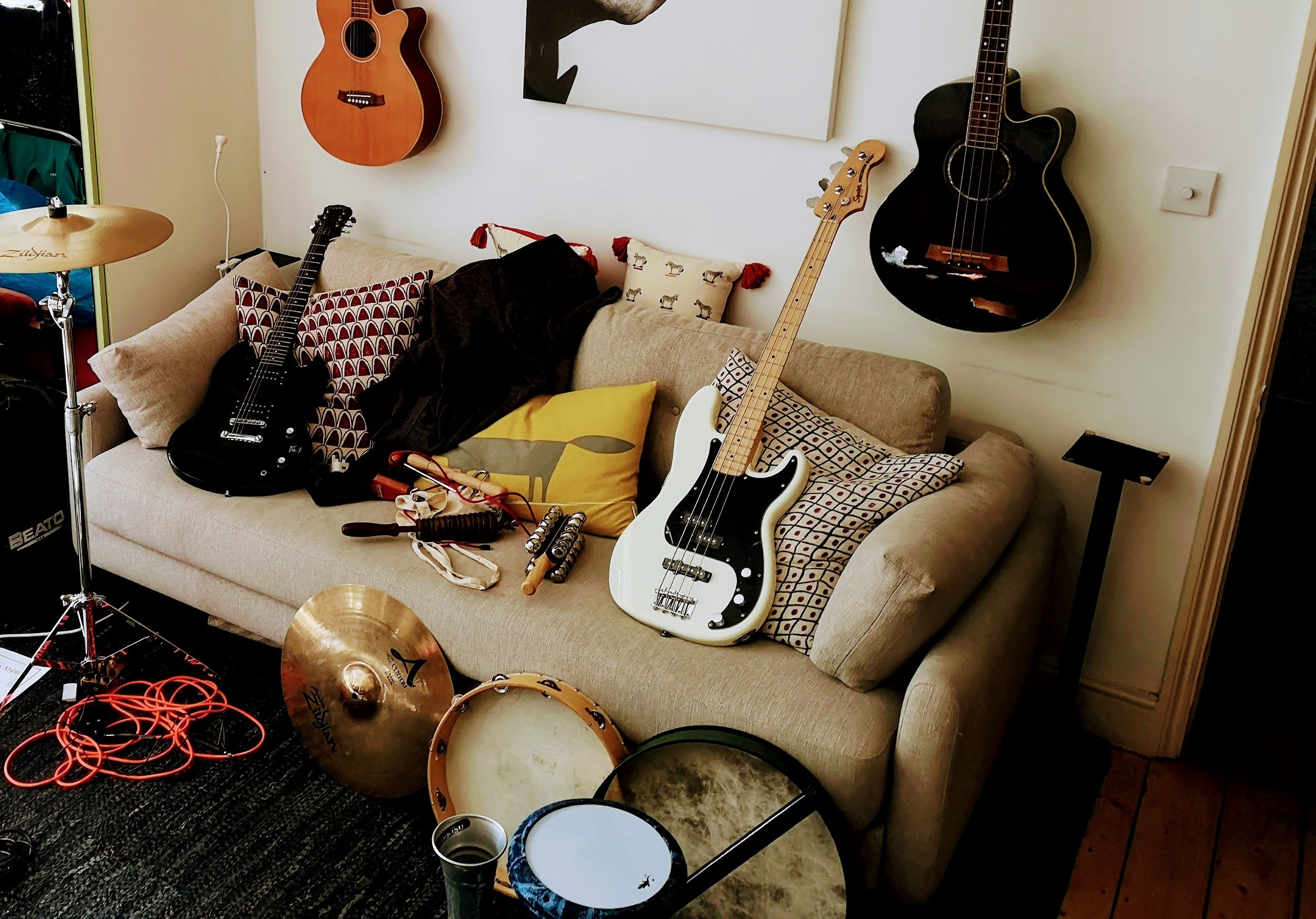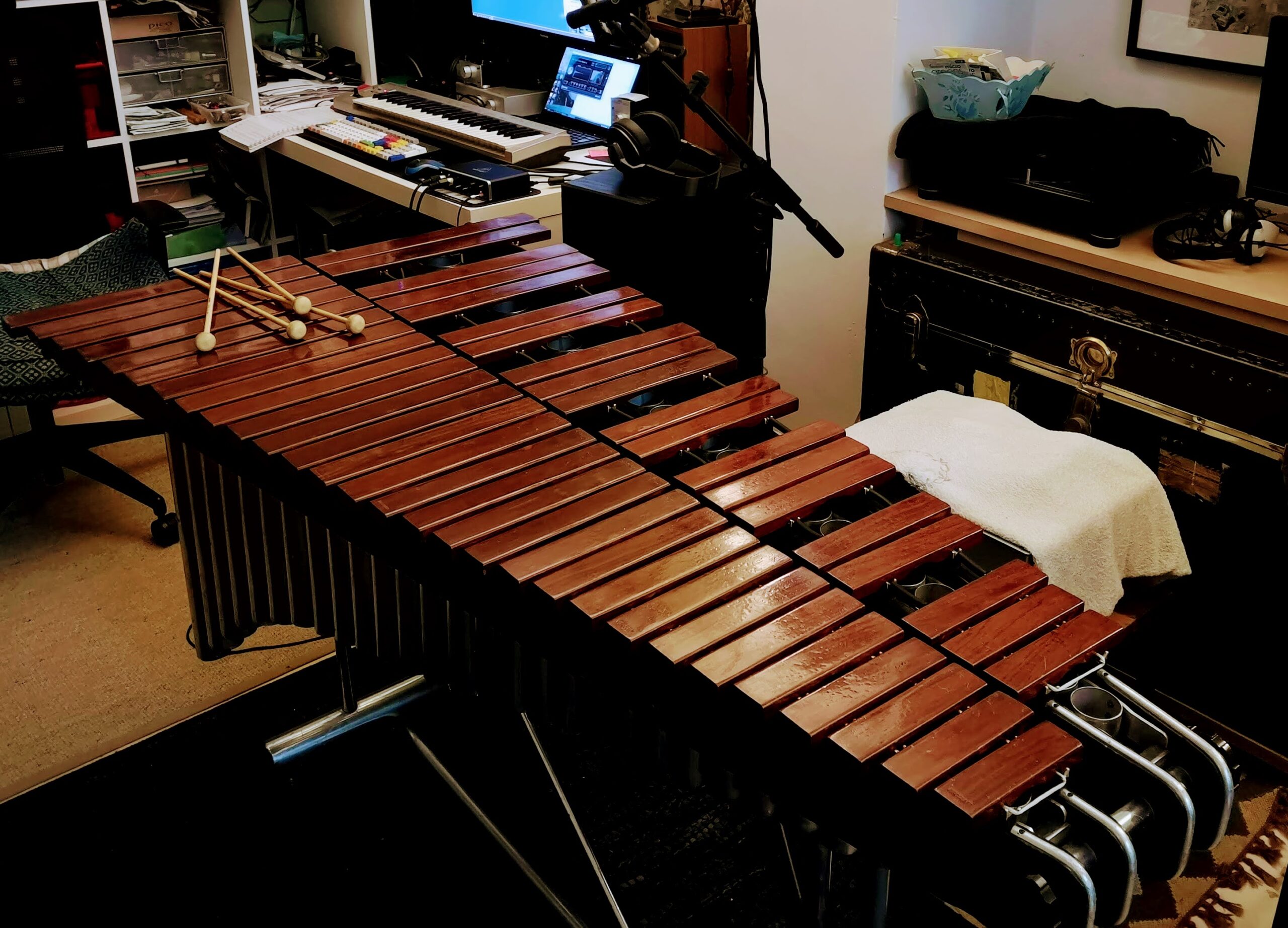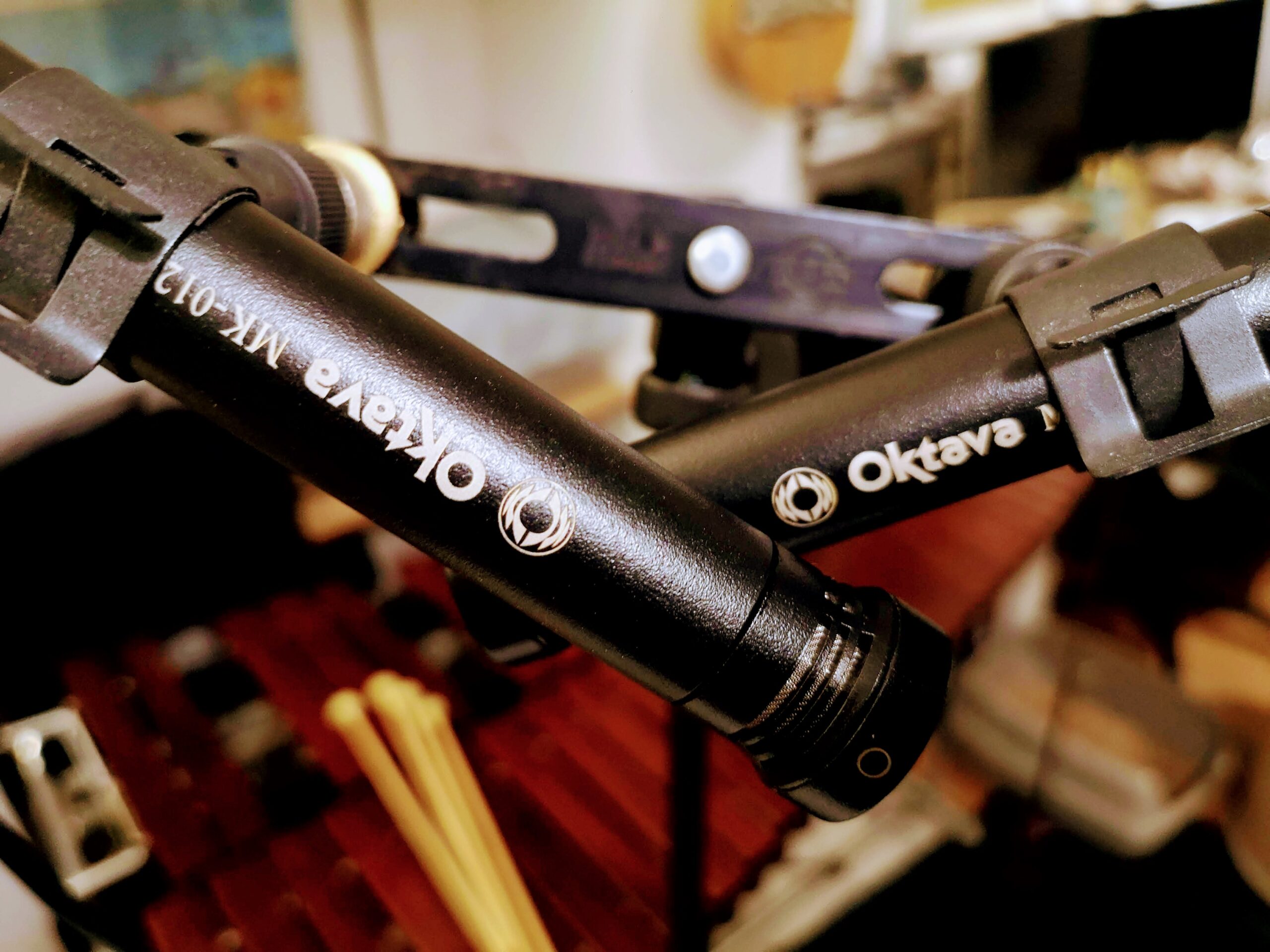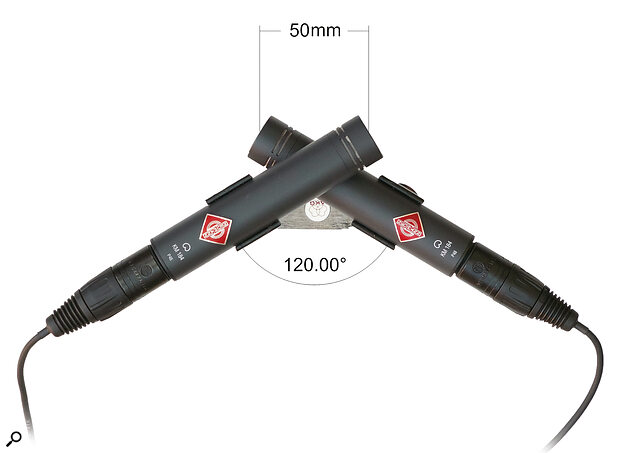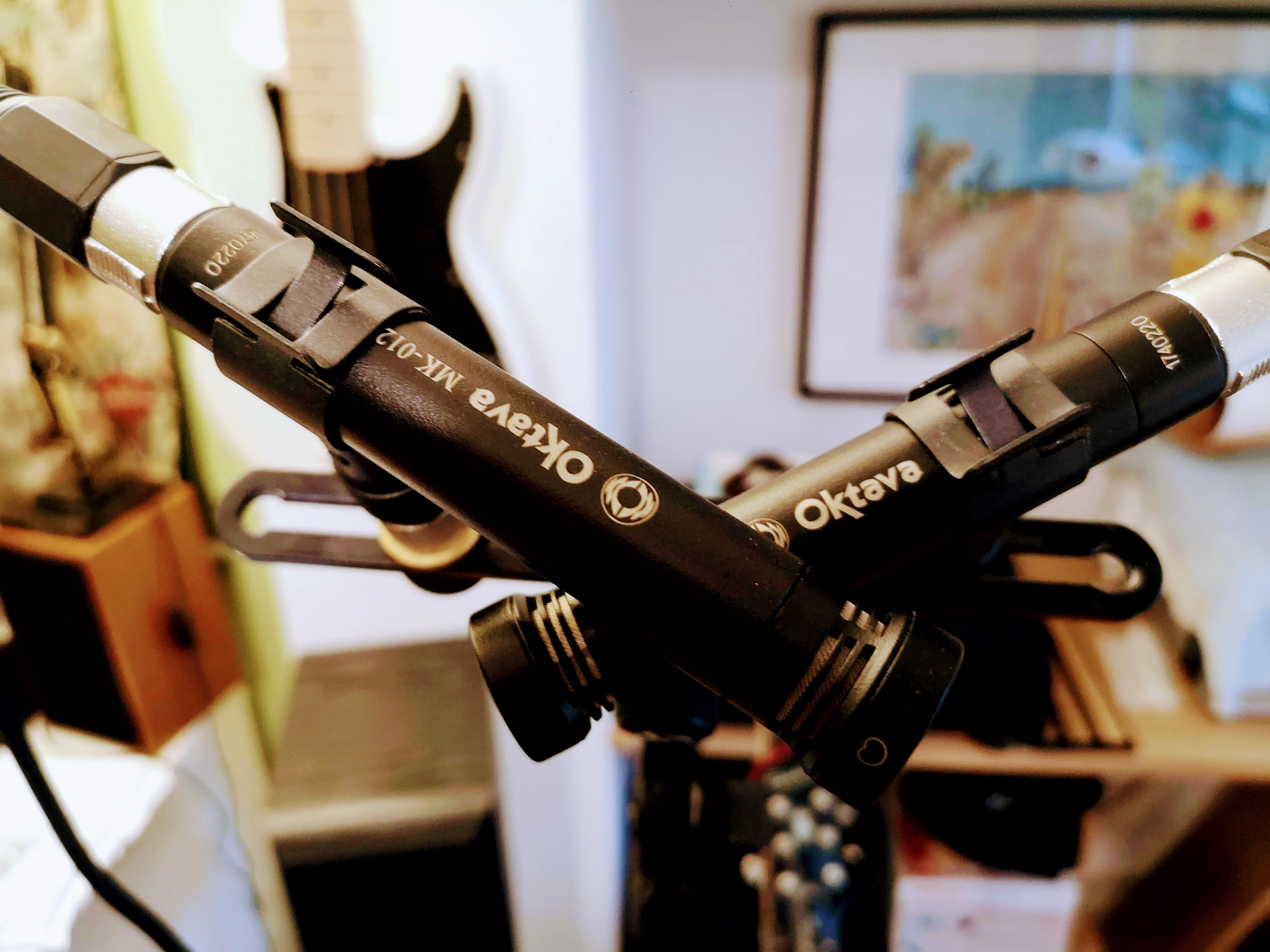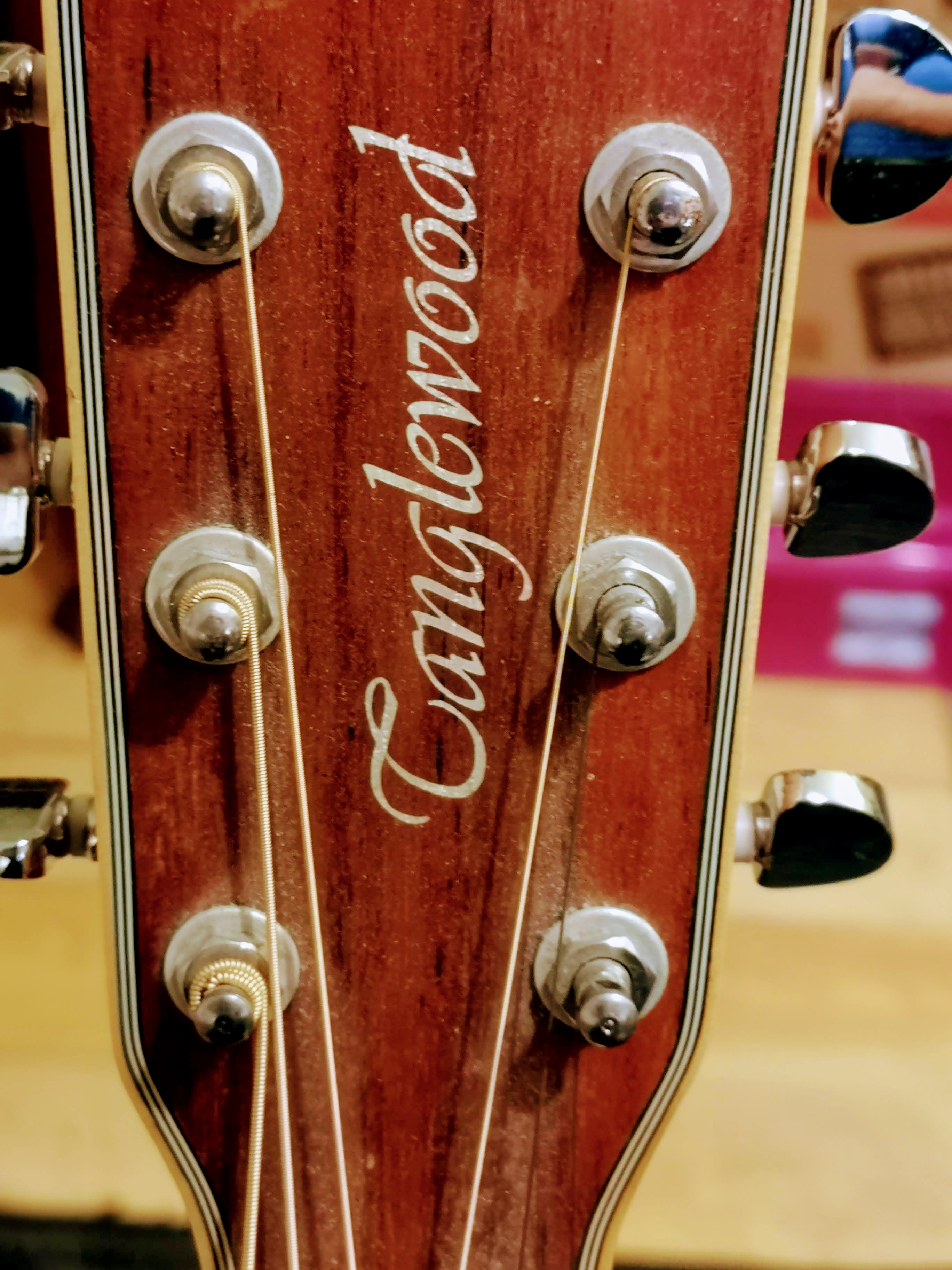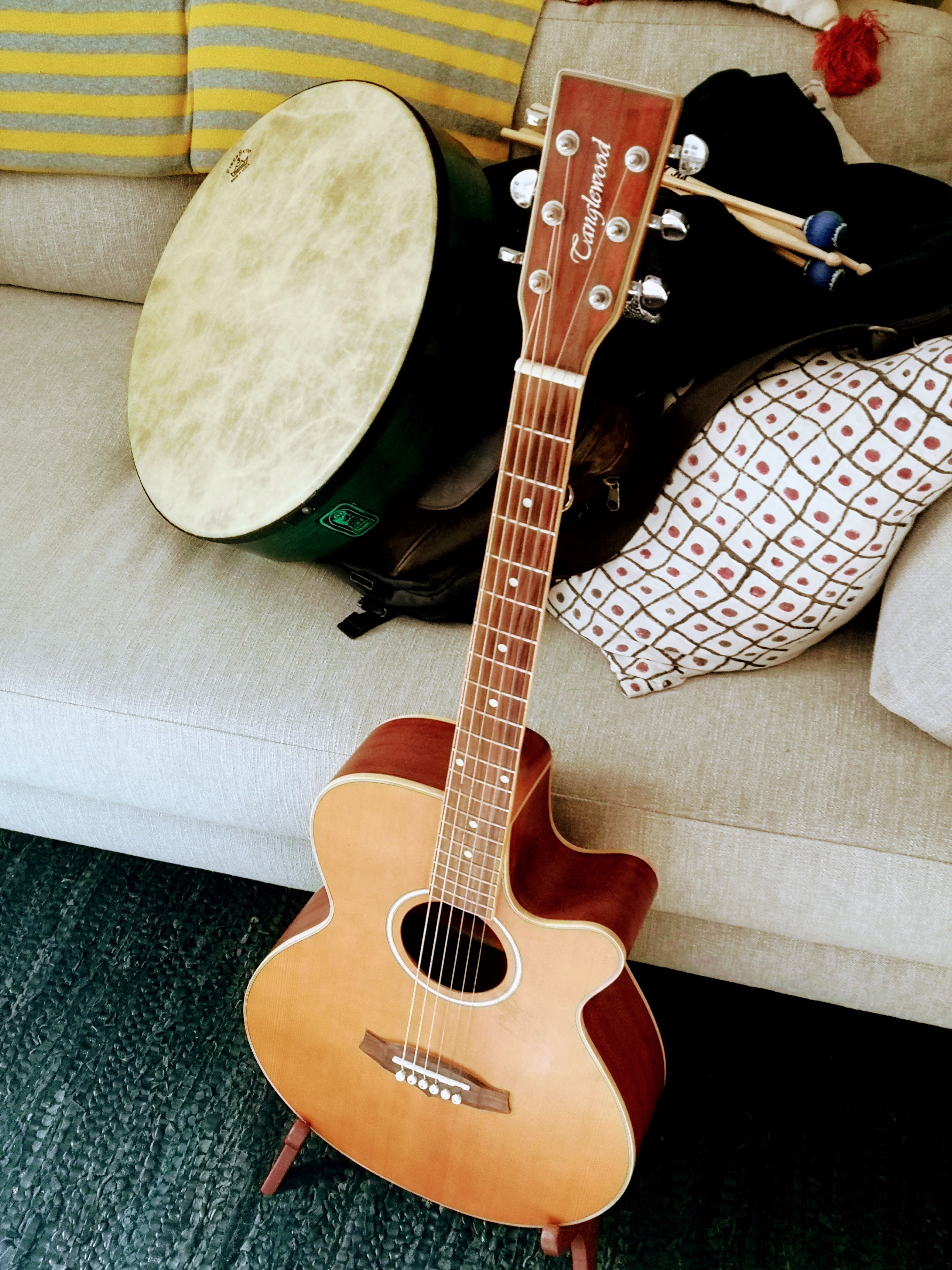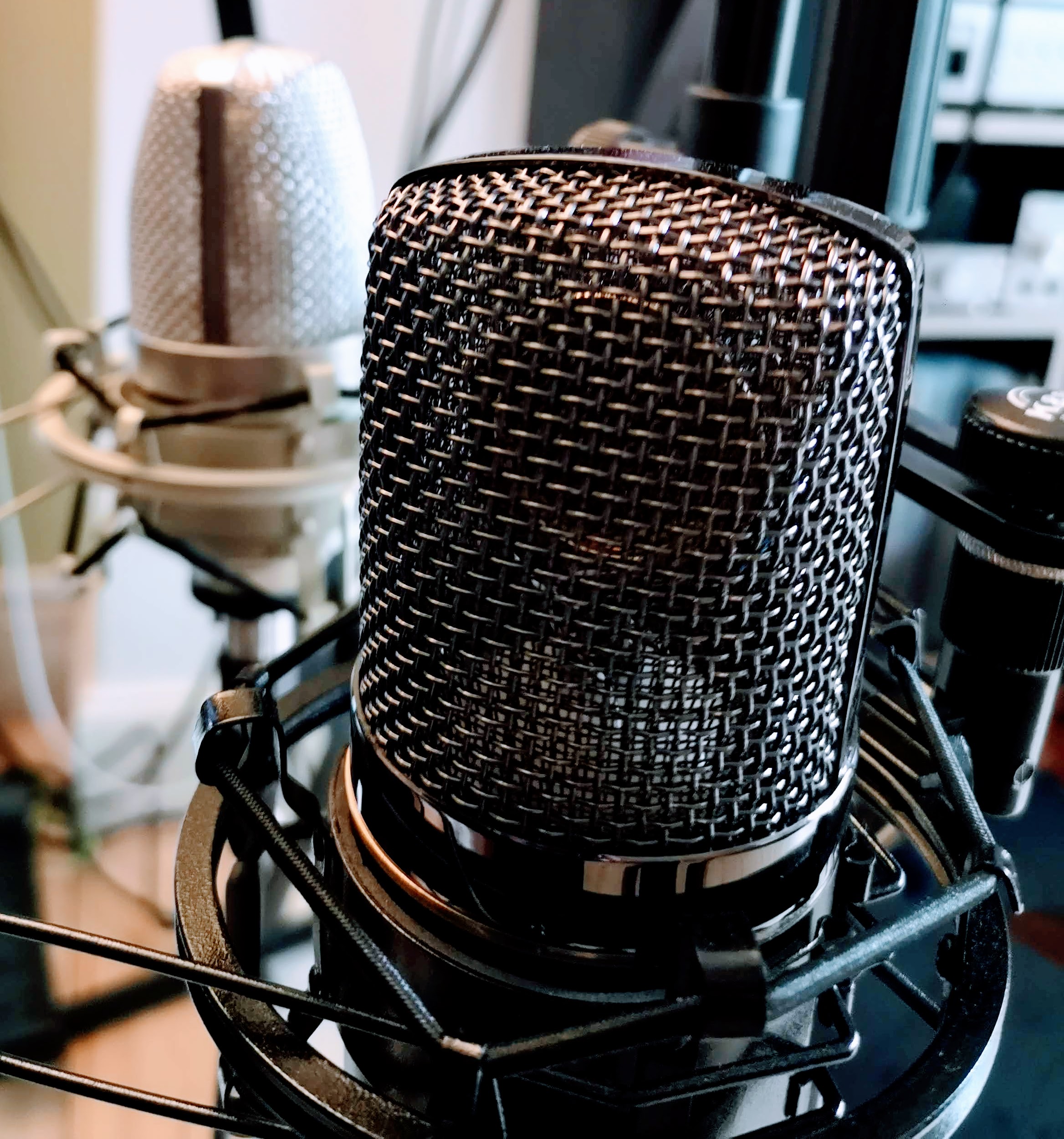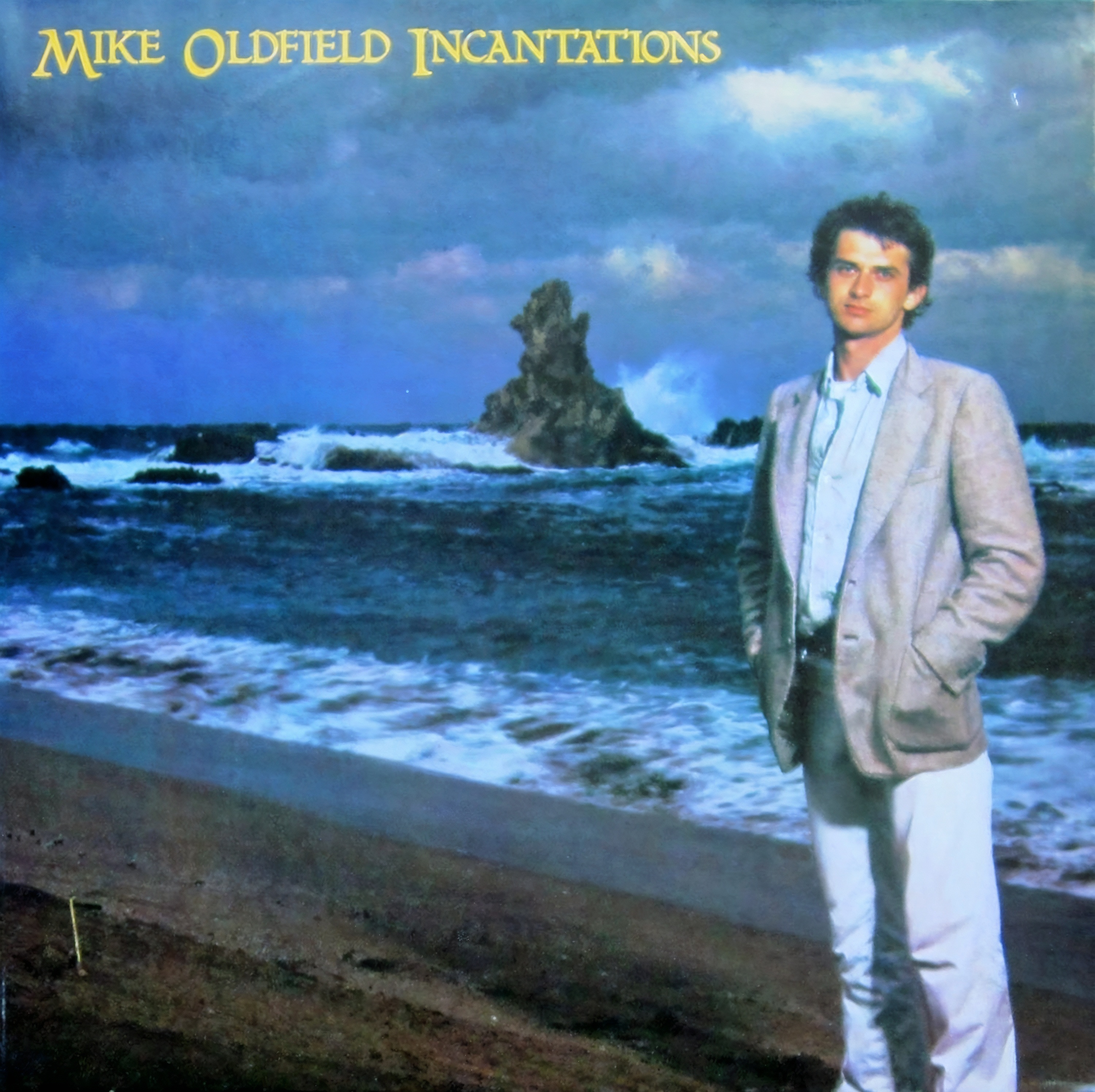A huge thank you to Rob Shaw for your incredible guitar playing, I couldn’t have done it without you!
You can buy, download and listen to it on Bandcamp, CDs coming soon I hope. There’s also a Dolby Atmos mix in the works for those folks with more than 2 ears 😉
A big thank you to all the musicians who played with me on this album. You are amazing 🙂
Stephen Harker: marimba, vibraphone, glockenspiel, bodhran, darbuka, tambourine, sleigh bells, vibraslap, bell trees, castanets, claves, finger cymbals, suspended cymbals, tam tam, timpani, clapping, piano, acoustic guitar, acoustic bass guitar, electric guitar, string synths, plugins, sequencers, arpeggiators and synthesizers.
Rob Shaw: electric guitars and bass guitar
Caroline Welsh: flute
Minna Harman: vocals and violin
Ashley Pilkington: electric guitars and bass guitar
Raffaella Salis: clapping
